12 Best Strategies for Teaching English Grammar to Kids
12 Best Strategies for Teaching English Grammar to Kids
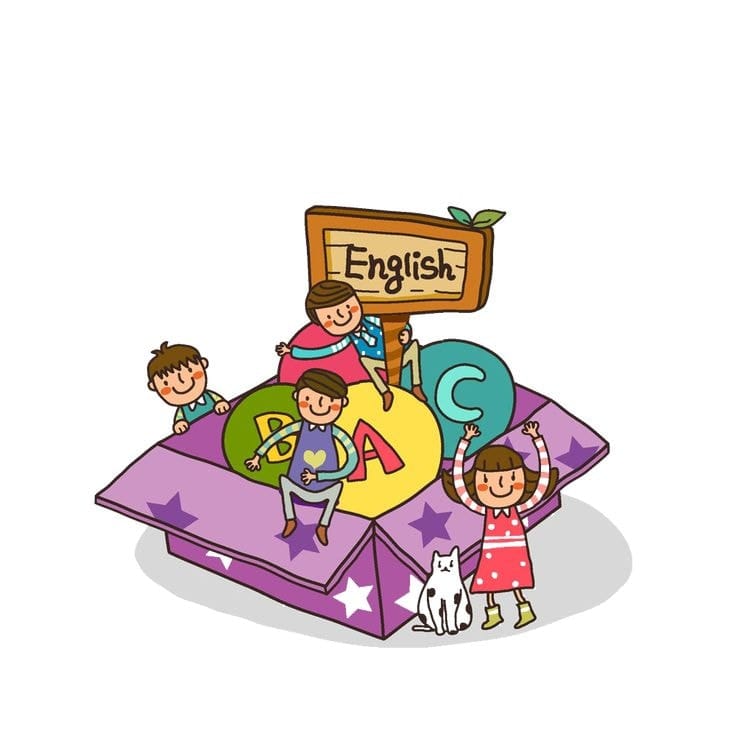
Grammar is the foundation of effective communication, and introducing it to kids early can significantly improve their language skills. However, traditional grammar lessons can feel tedious for young learners. The key to successful grammar instruction is to make learning engaging, interactive, and enjoyable. By incorporating creative methods into grammar instruction such as games, storytelling, and hands-on activities, children can develop a strong grasp of grammar in a fun and meaningful way. This article explores 12 effective strategies that can help make learning English grammar a delightful experience for kids.
Understanding the Basics: Why Teaching English Grammar to Kids is Essential

Grammar is the backbone of language and plays a crucial role in children's overall development. Teaching grammar to kids at an early age helps them build strong communication skills, enhances their writing abilities, and boosts their confidence. A solid foundation in grammar also contributes to their academic success, making it an essential aspect of learning.
Here’s an example why teaching grammar to kids in schools is important:
Communicate Clearly – Proper grammar usage enables kids to form structured sentences, making their speech and writing more coherent. When children learn how to use words correctly and arrange them logically, they can express their thoughts and ideas effectively.
Enhance Writing Skills – Understanding grammar rules improves writing fluency and coherence. When kids know how to use punctuation, verb tenses, and sentence structures correctly, they can write essays, stories, and reports with clarity and precision.
Boost Confidence – Children feel more confident speaking and writing when they grasp grammar concepts. When they can articulate their ideas accurately without worrying about mistakes, they become more willing to participate in conversations and classroom discussions.
Improve Academic Performance – Strong grammar skills contribute to better reading comprehension and writing assessments. Many subjects, including science and social studies, require good grammar skills to understand textbooks, answer questions, and complete assignments effectively.
Unlike traditional rote learning in schools, modern teaching methods focus on interactive and fun ways to help kids understand grammar naturally. Instead of reading and memorizing rules mechanically, children learn best through engaging activities such as games, storytelling, songs, and real-life examples. These approaches make grammar learning enjoyable and more meaningful, helping kids retain concepts for the long term.
Strategies for Teaching English Grammar to Kids
1. Make Learning Grammar Fun with Games
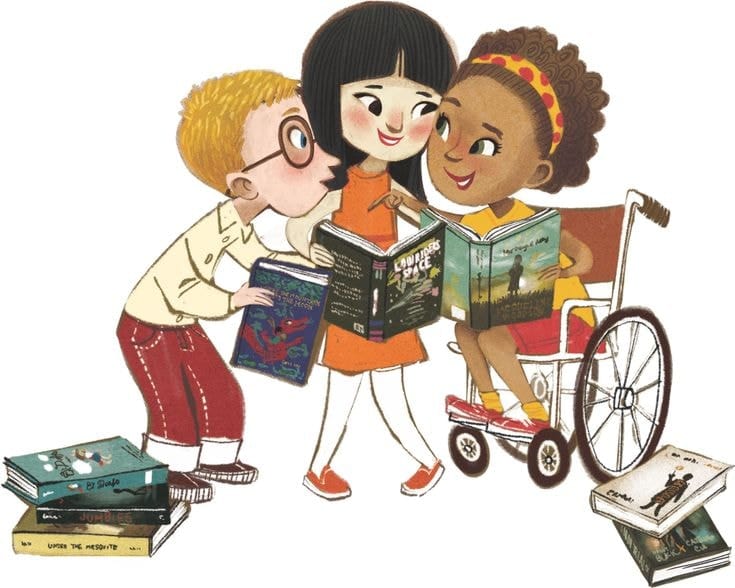
Interactive games can encourage students turn grammar lessons into exciting experiences:
Grammar Bingo – Kids match words or sentence structures with the correct grammar rules.
Mad Libs – Encourages learning parts of speech by filling in blanks to create amusing stories.
Board Games & Online Quizzes – Many educational platforms offer interactive grammar games and challenges.
Such games will help kids to make sense of grammatical structures and will simplify the process of understanding and framing complex sentences. Some grammatical concepts are crucial to learn like prepositional phrases, subordinate clauses, dependent clauses, subordinating conjunctions, relative clauses.
2. Use Stories to Teach Grammar in Context
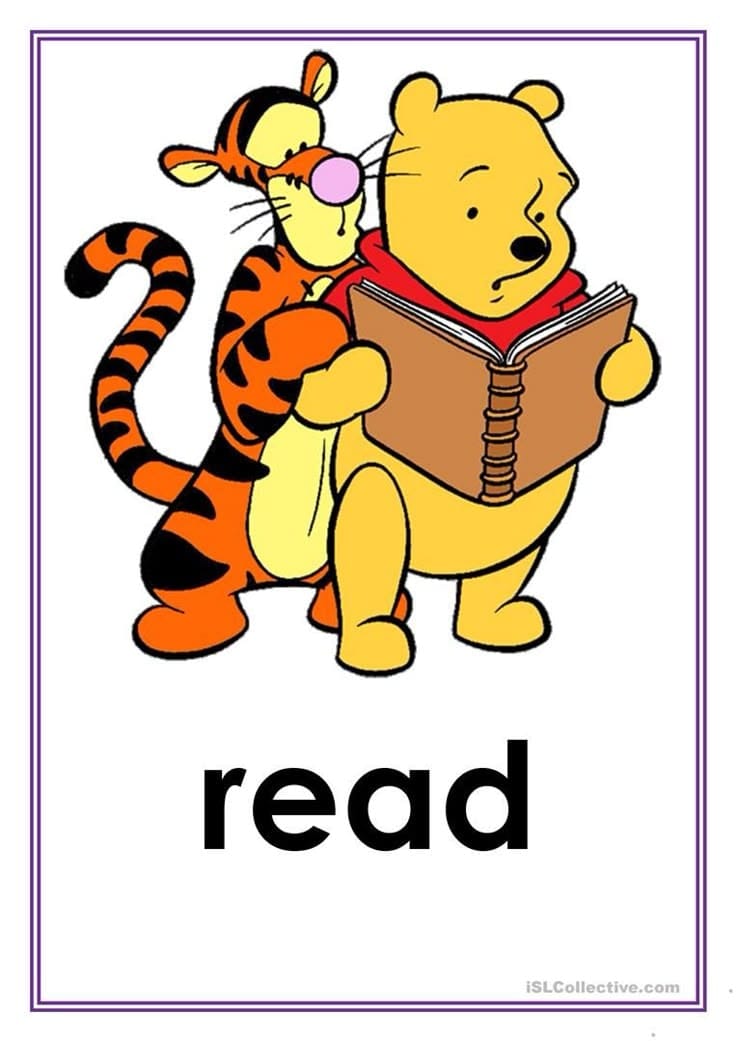
Stories provide context, making grammar, punctuation rules and phrases easier to grasp:
Highlight verbs, adjectives, and nouns while reading.
Encourage kids to rewrite short stories, focusing on specific grammar elements.
Use fairy tales and fables to introduce grammar in an engaging way.
Students understand better in an environment where there is no pressure. Sometimes an indirect instruction is better than a direct instruction which will encourage students to focus and incline their attention towards the target language. Students share their thoughts and follow a deductive approach this way where in they exchange new words with each other.
3. Incorporate Songs and Rhymes for Easy Retention

Music helps students reinforce grammar concepts effortlessly:
Grammar Songs – Teach verb conjugations, sentence structures, and tenses through catchy tunes.
Nursery Rhymes – Naturally reinforce sentence patterns and rhythm.
Repetitive Melodies – Aid in memorization of key grammar rules.
4. Leverage Visual Aids and Flashcards
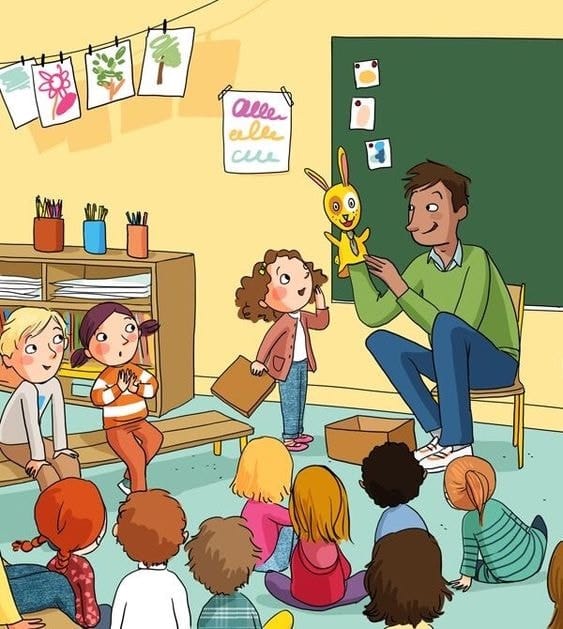
Visual tools make grammar concepts more accessible:
Flashcards – Display words, parts of speech, and sentence structures.
Posters & Charts – Illustrate verb tenses and key grammatical rules.
Color-Coding – Helps differentiate between nouns, verbs, adjectives, and other parts of speech.
Visual aids and flashcards is a very prominent method of teaching which boosts cognitive skills and memory. It is a form of practice which help students learn spelling, reading, vocabulary, semi colons, past tense, simple sentence, mentor sentence, sentence combining. Though english language can be mastered through grammar books but this is a way of own practice which english language learners must follow and apply.
5. Focus on Grammar Through Role-Playing Activities
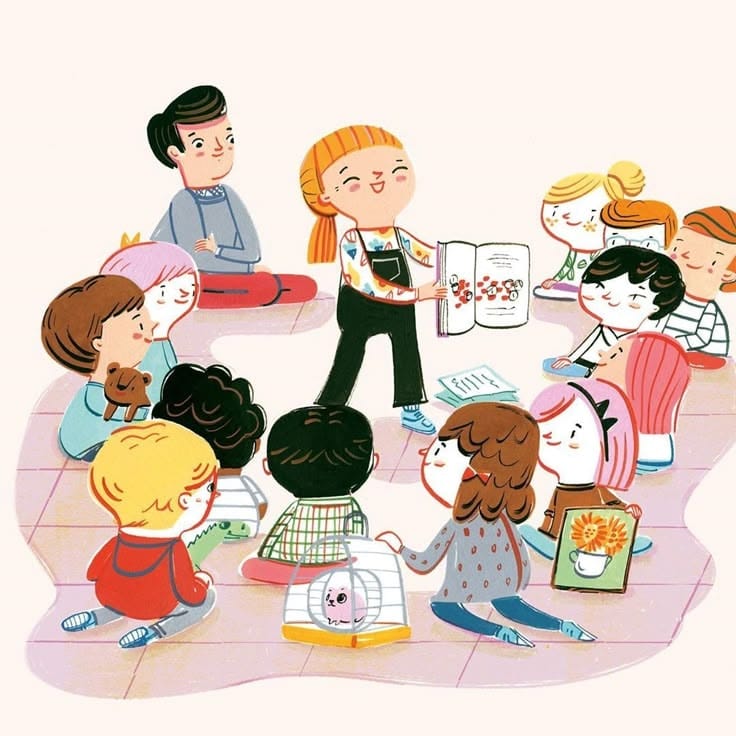
Role-playing fosters real-life classroom grammar instruction and application of grammar:
Pretend Play – Use scripted dialogues with proper grammar.
Dramatic Play – Act out scenarios while emphasizing correct sentence structures.
Real-Life Conversations – Encourage kids to use proper grammar in everyday discussions.
6. Teach Grammar with Interactive Apps and Technology

Digital tools make learning grammar more interactive and fun:
Duolingo Kids – Offers engaging grammar exercises.
Grammarly for Kids – Provides real-time grammar corrections and feedback.
Interactive Whiteboards – Allow teachers to create digital activities that enhance learning.
7. Break Down Grammar Rules into Simple Steps

Practical use of grammar in daily life strengthens retention:
Encourage gentle sentence corrections in a supportive manner.
Ask kids to describe their day using complete sentences.
Play “Fix the Sentence” – Provide incorrect sentences and ask kids to correct them.
8. Use Everyday Conversations to Reinforce Grammar
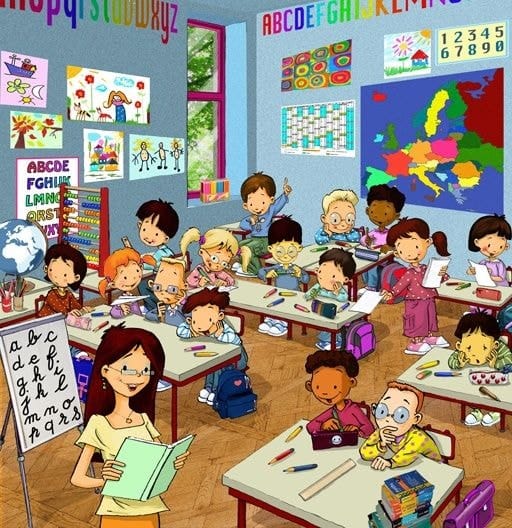
Breaking grammar concepts into manageable steps helps children and teachers learn effectively:
Introduce one rule at a time (e.g., start with nouns before moving to verbs).
Use simple comparisons to explain grammar differences (e.g., past vs. present tense).
Provide step-by-step worksheets for reinforcement.
9. Break Down Grammar Rules into Simple Steps

Writing allows both teachers to practice, and kids to practice and apply grammar naturally:
Journaling – Have kids write short daily entries.
Storytelling – Let them craft their own narratives while using correct grammar.
Grammar Challenges – Assign prompts focusing on specific grammar rules (e.g., “Write a paragraph using five adjectives”).
10. Use Repetition and Practice for Mastery

Consistent practice helps cement grammar and punctuation skills:
Daily Grammar Exercises – Short drills enhance retention.
Sentence Rewriting – Encourage kids to correct and improve incorrect sentences.
Peer Reviews – Let children check each other’s work to spot mistakes.
11. Provide Constructive Feedback and Celebrate Progress

Constructive feedback fosters motivation and improvement:
Use Gentle Corrections – Focus on learning rather than criticism.
Celebrate Achievements – Reward progress with stickers, praise, or small incentives.
Analyze Mistakes Together – Help kids understand and learn from errors.
12. Tailor Lessons to Match Each Child’s Learning Style
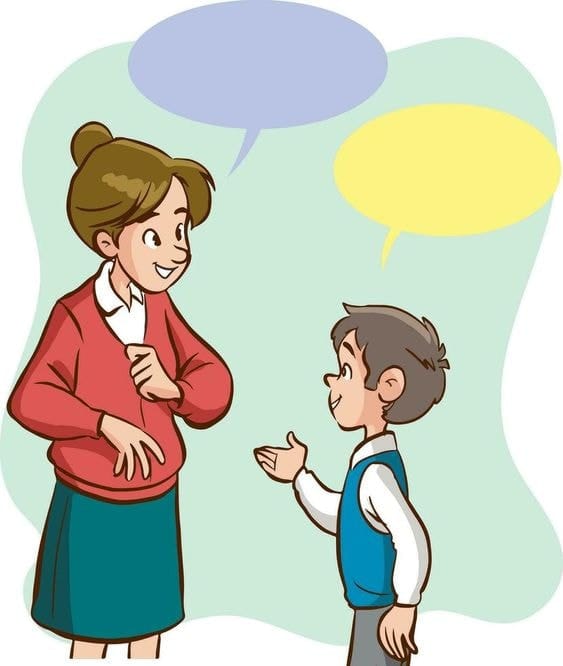
Each child and class has a unique learning preference, so tailor your classroom lessons accordingly:
Visual Learners – Use diagrams, posters, and color-coded materials.
Auditory Learners – Incorporate songs, discussions, and storytelling.
Kinesthetic Learners – Engage with hands-on activities like role-playing and interactive exercises.
Conclusion
Teaching the English language grammar to children can be an enjoyable and engaging experience when approached with creativity and interactive techniques. By integrating educational games, storytelling, songs, visual aids, and hands-on activities, educators and parents can make complex grammar and grammatical concepts easier to understand.
These dynamic methods not only capture children's interest but also enhance their ability to retain information. Additionally, tailoring lessons to accommodate different learning styles—whether auditory, visual, or kinesthetic—ensures that every child can develop a solid foundation in grammar while having fun throughout the learning process.
About Codeyoung

Codeyoung is an online learning platform offering live English classes for kids aged 5-17. Their curriculum covers grammar, vocabulary, reading, writing, and public speaking through interactive methods like storytelling, games, and role-playing.
With certified instructors and STEM.org accreditation, Codeyoung ensures personalized learning, flexible class schedules, and engaging activities to have students enhance language skills.
English Grammar For Kids - FAQs
What are the best methods of teaching English grammar to kids?
Games – Make learning fun with grammar-based board games, card games, and quizzes.
Storytelling – Use engaging stories to illustrate grammar concepts naturally.
Songs & Rhymes – Teach grammar through catchy songs and rhythmic patterns.
Visual Aids – Incorporate charts, flashcards, and pictures for better comprehension.
Role-Playing – Encourage interactive conversations and real-life scenarios.
Interactive Apps – Utilize digital tools and apps for an immersive learning experience.
How can we teach English grammar to beginners?
Basic Sentence Structures – Start with simple sentences to build a strong foundation.
Simple Grammar Rules – Introduce essential rules gradually for better understanding.
Interactive Activities – Engage kids with hands-on exercises and fun games.
Real-Life Examples – Use everyday situations to make grammar relatable.
Visual Aids – Support learning with charts, flashcards, and illustrations.
What are some effective games for teaching English grammar for children?
Grammar Bingo – Match grammar concepts with corresponding words or sentences.
Mad Libs – Fill in the blanks with parts of speech for hilarious results.
Scrabble – Form words and learn spelling and sentence structure.
Online Quizzes – Interactive digital games to reinforce grammar rules.
Sentence Building Relay – Teams race to construct correct sentences.
Pictionary with Words – Draw and guess words based on grammar clues.
Board Games – Use grammar-focused board games for interactive learning.
What are common challenges in teaching grammar to kids?
Complex Rules – Grammar rules can be difficult for kids to grasp.
Lack of Interest – Traditional teaching methods may feel boring.
Memorization Difficulty – Kids may struggle to retain grammar rules.
Spoken vs. Written Grammar – Confusion between casual speech and formal writing.
Limited Attention Span – Keeping children engaged can be challenging.
Application Issues – Difficulty using grammar rules in real-life writing and speech.
Overwhelming Jargon – Technical grammar terms can be hard to understand.
What are the most effective group activities for teaching grammar for kids?
Group Storytelling – Create stories together while focusing on grammar rules.
Role-Playing – Act out real-life scenarios using correct grammar.
Grammar Board Games – Play interactive games that reinforce grammar concepts.
Peer Correction – Let kids review and correct each other’s sentences.
Sentence Building Relay – Teams compete to form grammatically correct sentences.
Grammar Scavenger Hunt – Find and identify grammar elements in texts.
Debates & Discussions – Encourage structured speaking with proper grammar.
What are some common mistakes kids make when learning grammar?
Subject-Verb Agreement Errors – Mismatching singular/plural subjects and verbs.
Incorrect Tense Usage – Mixing up past, present, and future tenses.
Missing Articles – Omitting “a,” “an,” or “the” in sentences.
Confusing Prepositions – Misusing words like “in,” “on,” and “at.”
Run-On Sentences – Writing long sentences without proper punctuation.
Pronoun Errors – Using incorrect pronouns in sentences.
Double Negatives – Saying “I don’t need no help” instead of “I don’t need help.”
Word Order Mistakes – Placing adjectives, adverbs, or phrases incorrectly.
What are the benefits of teaching English grammar to kids at an early age?
Improves Language Fluency – Helps kids speak and write more accurately.
Boosts Confidence – Enhances communication skills and self-expression.
Enhances Academic Performance – Strengthens reading, writing, and comprehension.
Develops Critical Thinking – Encourages logical sentence construction.
Eases Future Learning – Builds a strong foundation for advanced language skills.
Encourages Creativity – Helps kids express ideas clearly and imaginatively.
Aids in Multilingual Learning – Makes learning other languages easier.
Comments
Your comment has been submitted successfully!